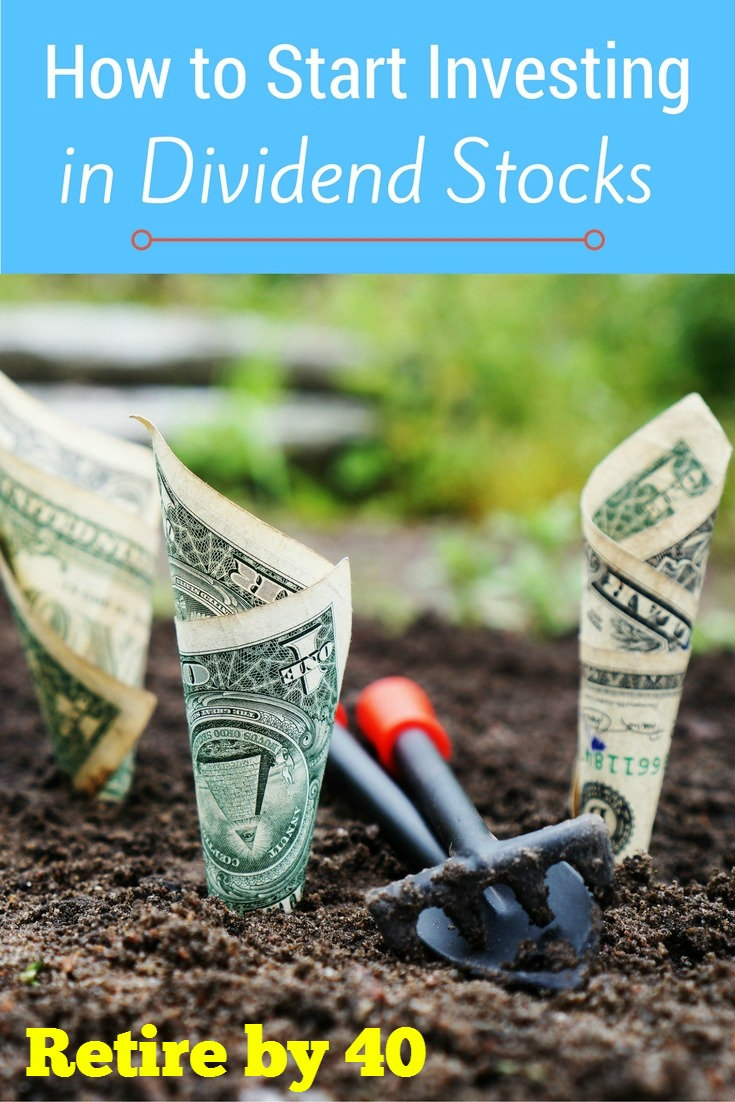Profitable Dividend Investing: Keep It Simple

Table of Contents
Understanding Dividend Investing Basics
Before diving into strategies, it's crucial to understand the fundamentals.
What are Dividends?
Dividends are payments made by companies to their shareholders, representing a share of the company's profits. They're typically paid out quarterly, although the frequency can vary. A regular dividend is a consistent payment, while a special dividend is a one-time, larger payment often issued due to exceptional circumstances, such as a large asset sale. Receiving dividends provides a steady stream of passive income, supplementing your investment growth.
Types of Dividend Stocks
Several types of dividend stocks cater to different investment goals:
- High-Yield Stocks: These stocks offer high dividend yields, which is the annual dividend payment divided by the stock price. While tempting, high yields can sometimes indicate higher risk, so careful research is essential. Examples include certain real estate investment trusts (REITs) and utility companies.
- Dividend Growth Stocks: These focus on consistent dividend increases over time. Companies with a history of raising dividends year after year are particularly attractive for long-term growth. Many established companies in stable industries fit this category.
- Blue-Chip Dividend Stocks: These are stocks from large, well-established companies with a long history of paying reliable dividends. They generally offer lower yields than high-yield stocks but often provide greater stability and lower risk. Examples include companies like Procter & Gamble or Coca-Cola.
Key Metrics for Evaluating Dividend Stocks
Several key metrics help assess the attractiveness of dividend stocks:
- Dividend Yield: The annual dividend payment divided by the stock price (Annual Dividend/Stock Price). A higher yield generally means a larger return on your investment, but consider the associated risks.
- Payout Ratio: The percentage of a company's earnings paid out as dividends (Annual Dividends/Net Income). A sustainably high payout ratio can be a red flag. Ideally, aim for a company with a comfortably low to moderate payout ratio.
- Dividend Growth Rate: The annual percentage increase in dividend payments. A consistent track record of dividend growth demonstrates a healthy and growing company.
- Financial Health: Analyze a company's financial statements (balance sheet, income statement, cash flow statement) to ensure its long-term financial stability and ability to sustain dividend payments.
Building a Simple Dividend Investing Portfolio
Building a profitable dividend portfolio requires a strategic approach.
Diversification
Diversification is key to mitigating risk. Don't put all your eggs in one basket! Spread your investments across various sectors (technology, healthcare, consumer goods, etc.) and companies to reduce the impact of any single company's underperformance.
- Example Diversified Portfolio: Consider allocating your investments across different sectors and market capitalizations (large-cap, mid-cap, small-cap) to diversify your risk.
- Benefits: Reduced risk, smoother portfolio performance, exposure to various growth opportunities.
Selecting Dividend Stocks
Choosing the right dividend stocks requires thorough research:
- Company Financials: Examine balance sheets, income statements, and cash flow statements to assess the company's financial strength.
- Dividend History: Review the company's dividend payment history for consistency and growth. Look for a consistent track record of dividend increases.
- Industry Trends: Analyze the industry landscape to determine the company’s future prospects. Investing in growing industries tends to yield better long-term results.
Dollar-Cost Averaging (DCA)
Dollar-cost averaging (DCA) is a valuable strategy for mitigating market volatility. Instead of investing a lump sum, you invest a fixed amount at regular intervals (e.g., monthly). This reduces the risk of investing a large sum right before a market downturn.
- How DCA Works: Invest a predetermined amount regardless of the stock price. When prices are low, you buy more shares; when prices are high, you buy fewer.
- Advantages: Reduces the impact of market timing, lowers risk compared to lump-sum investing, allows for consistent investment.
Maintaining and Growing Your Dividend Income
Once you've built your portfolio, it's vital to maintain and grow your dividend income.
Reinvesting Dividends
Reinvesting your dividends is crucial for compounding returns. This means using your dividend payments to buy more shares of the same company or other dividend-paying stocks. Many brokerage accounts offer Dividend Reinvestment Plans (DRIPs) that automate this process.
- Benefits: Accelerated wealth building, increased portfolio size over time, leveraging the power of compounding.
- DRIPs: These plans allow you to automatically reinvest dividends, often without brokerage fees.
Monitoring Your Portfolio
Regular monitoring ensures your portfolio aligns with your goals:
- Dividend Payments: Check your dividend payments regularly to ensure they are consistent with expectations.
- Company Performance: Keep an eye on the performance of the companies you've invested in and be prepared to adjust your holdings.
- Market Conditions: Monitor market conditions and adapt your strategy based on broader economic trends and personal financial goals.
Tax Implications of Dividend Income
Dividend income is taxable. Consult a qualified financial advisor for personalized guidance on tax implications based on your specific situation and jurisdiction.
Conclusion
Profitable dividend investing doesn't have to be complex. By understanding the basics, diversifying your portfolio, selecting strong dividend-paying stocks, and consistently reinvesting your dividends, you can build a stable and growing source of passive income. Remember the power of long-term investing and the simplicity of strategies like dollar-cost averaging. Start your dividend investing journey today, begin your dividend investing strategy, and build a profitable dividend portfolio with simple dividend investing strategies. Don't delay – start building your profitable dividend portfolio today!

Featured Posts
-
 Please Stop We Dont Need John Wick 5 A Critical Look At Franchise Fatigue
May 11, 2025
Please Stop We Dont Need John Wick 5 A Critical Look At Franchise Fatigue
May 11, 2025 -
 New Calvin Klein Campaign Featuring Lily Collins Images From Photo 5133597
May 11, 2025
New Calvin Klein Campaign Featuring Lily Collins Images From Photo 5133597
May 11, 2025 -
 Benny Blanco And Selena Gomez Photos Fueling Cheating Rumors
May 11, 2025
Benny Blanco And Selena Gomez Photos Fueling Cheating Rumors
May 11, 2025 -
 Mueller Weighs Future After Bayern Exploring New Club And League Opportunities
May 11, 2025
Mueller Weighs Future After Bayern Exploring New Club And League Opportunities
May 11, 2025 -
 The 10 Best John Wick Inspired Action Movies
May 11, 2025
The 10 Best John Wick Inspired Action Movies
May 11, 2025
